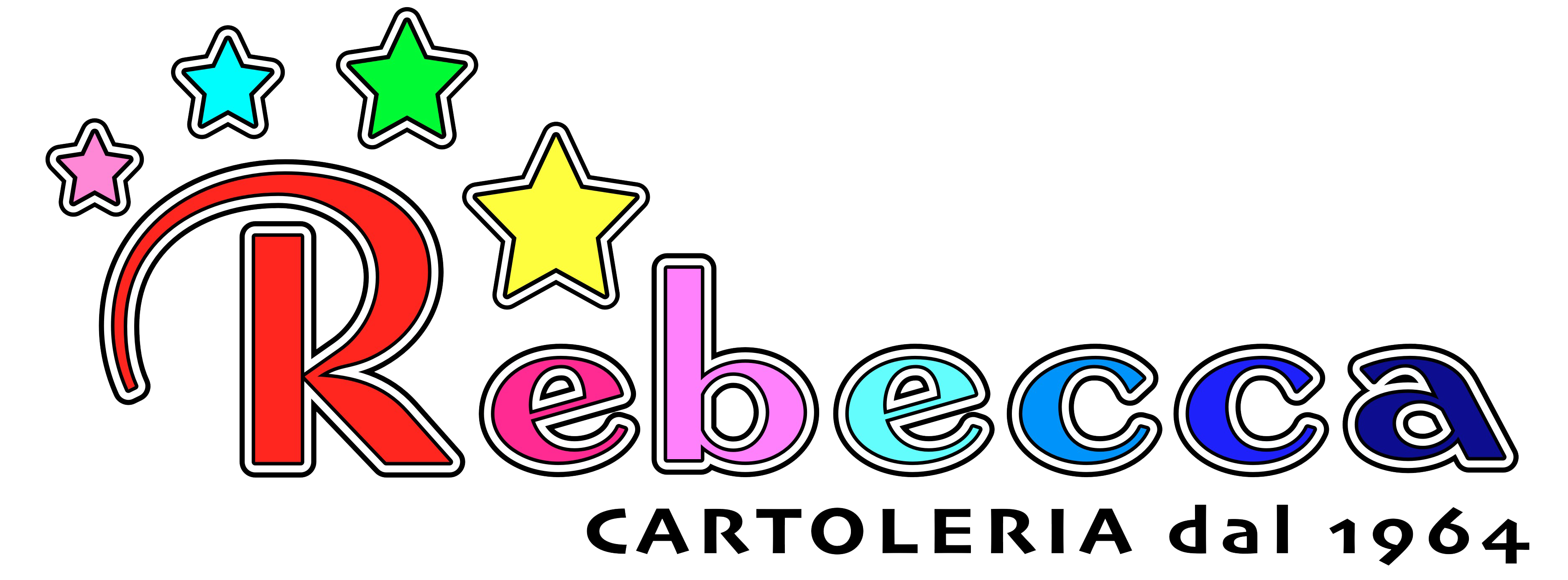Content

A contra account is used to offset the debit of a regular asset account. Contra accounts will be linked to the main debit account and shown together on a balance sheet. For example, a business ledger might show a $10 sale of a product, but the product was returned under warranty protection because of a failed feature. By reporting contra asset accounts on the balance sheet, users of financial statements can learn more about the assets of a company.
- At Zeni, we keep it simple for you to record all of your contra revenue in one dedicated place and view the changes to your accounts over time AND in real-time.
- This means that accounts receivables have a debit balance of $10,000, and the firm credits revenue for $10,000.
- The most common way to account for contra accounts is to attach the regular account with its connected contra account underneath it on a company’s balance sheet.
- The offset to the Depreciation Expense account is Accumulated Depreciation.
- Thus, the natural balance of a contra account is always the opposite of the account with which it is paired.
- Examples of contra expense accounts include Purchase Returns, Purchase Discounts, and Advertising Reimbursements.
- Contra liabilities reduce liability accounts and carry a debit balance.
A contra account is an entry on the general ledger with a balance contrary to the normal balance for that categorization (i.e. asset, liability, or equity). The monthly accounting close process for a nonprofit organization involves a series of steps to ensure accurate and up-to-date financial records. A contra expense account is an account used to reduce the amount of an contra revenue expense without changing the balance in the main expense account. Examples of contra expense accounts include Purchase Returns, Purchase Discounts, and Advertising Reimbursements. A delivery van is purchased by a business to use in delivering product and picking up materials. The company uses Straight-Line Depreciation to track the loss of value of the asset over time.
Contra liability accounts
The balance sheet will show a gross fixed assets value, a contra account value for accumulated depreciation, and a net value. All three values can be useful for investors depending on what they’re looking for. A revenues account with a debit balance instead of the usual credit balance.
Contra accounts appear in the financial statements directly below their paired accounts. Sometimes the balances in the two accounts are merged for presentation purposes, so that only a net amount is presented. If the related account is an asset account, then a contra asset account is used to offset it with a credit balance. If the related account is a liability account, then a contra liability account is used to offset it with a debit balance. Thus, the natural balance of a contra account is always the opposite of the account with which it is paired. Last, for contra revenue accounts there are sales discounts, sales allowances, or sales returns.
Adjusting Journal Entries Accounting Student Guide
Allowance for doubtful accounts is netted from the accounts receivable balance. The company predicts which accounts receivable won’t be paid by customers and writes those off. When the account receivable is written off, it is added to bad debt expense on the income statement and placed in the contra account. If a company has a high or fast-growing allowance as a percentage of accounts receivable, keep a close eye on it. Contra accounts exist when the account reported on the balance sheet needs to be reduced by a different account to show its true value. For example, GAAP accounting (or generally accepted accounting principles) requires fixed assets to be reported at cost on the balance sheet, but, over time, that value depreciates as the assets are used.
Those who are struggling with recording contra accounts may benefit from utilizing some of the best accounting software currently available. The sales discounts account contains the amount of sales discounts given to customers, which is usually a discount given in exchange for early payments by them. The purpose of the Sales Returns account is to track the reduction in the value of the revenue while preserving the original amount of sales revenue. The Allowance for Doubtful Accounts is used to track the estimated bad debts a company my incur without impacting the balance in its related account, Accounts Receivable. An estimate of bad debts is made to ensure the balance in the Accounts Receivable account represents the real value of the account.

